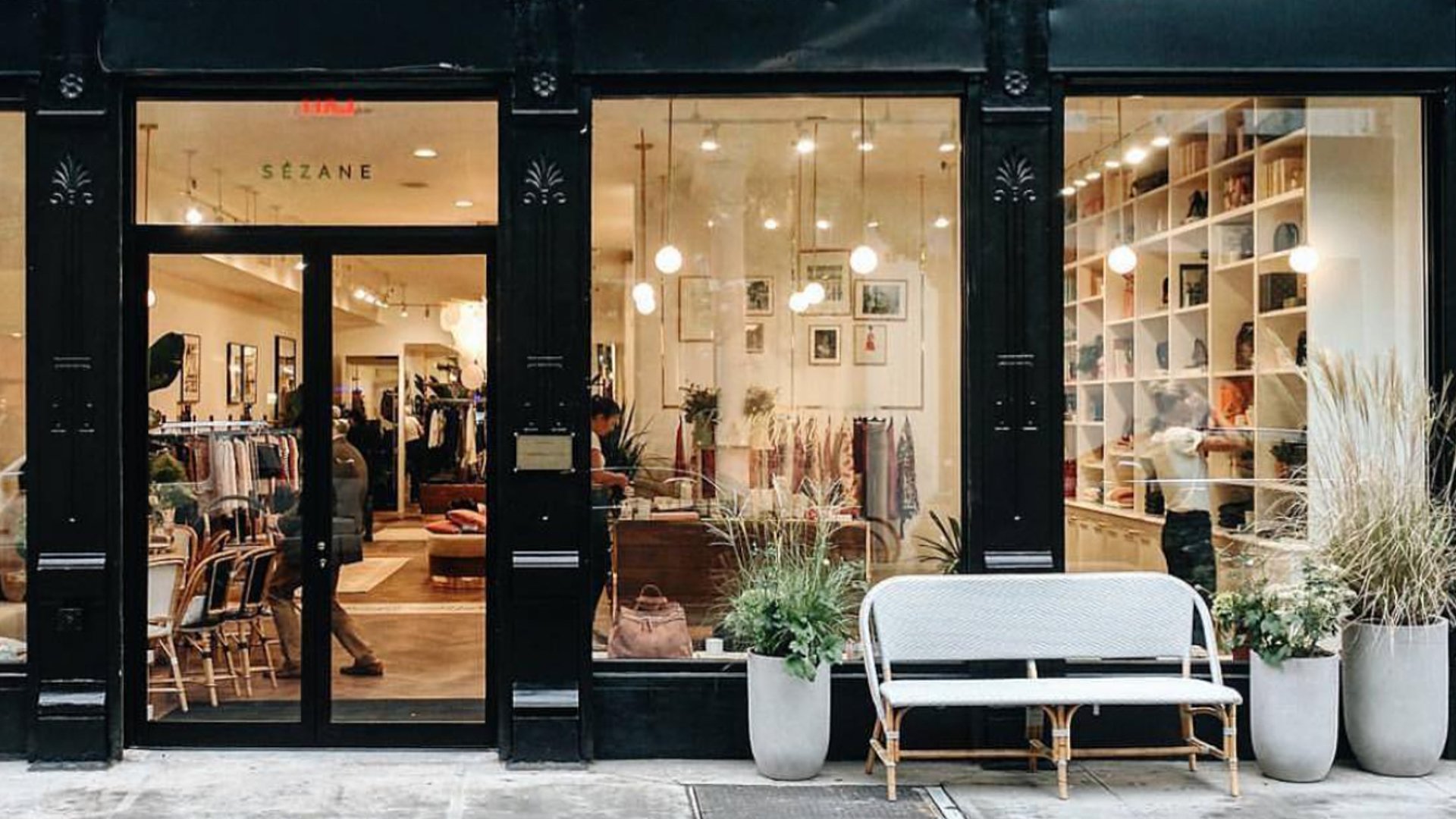Elevate Your Wardrobe with Stunning Boutique Fashion Basics
Elevate Your Wardrobe with Stunning Boutique Fashion Basics
Blog Article
Exploring the Advancement and Effect of Clothes on Modern Fashion Trends
The evolution of garments has considerably affected contemporary style patterns, merging historical criteria with cutting-edge advancements. Renowned figures like Coco Chanel and Yves Saint Laurent revolutionized the fashion industry by introducing principles that focus on convenience and availability, which proceed to resonate today.
Historical Style Influencers
In the tapestry of style history, certain figures have actually left an enduring mark, shaping the fads and designs that specify whole periods. Coco Chanel, a revolutionary designer, redefined women's fashion by introducing comfortable, sophisticated clothes that departed from limiting corsets.
Elsa Schiaparelli is another pivotal number, renowned for her progressive designs that integrated surrealist art, teaming up with Salvador Dalí to create whimsical pieces that tested conventional visual appeals. Her cutting-edge use color and strong patterns reverberates in modern style. Yves Saint Laurent, at the same time, democratized haute couture with prêt-à-porter collections, bringing runway designs to the masses and establishing a criterion for modern ready-to-wear lines.
These dreamers, to name a few, not only changed style in their times but likewise set sustaining trends that reverberate in today's garment industry, offering a foundation upon which modern-day developers remain to innovate and build. Their legacies highlight the relevance of creativity and daring in fashion's ever-evolving narrative.
Technological Innovations in Fashion
Amidst the dynamic landscape of the style industry, technical improvements stand at the forefront of advancement, reshaping exactly how developers produce and customers engage with fashion. The integration of 3D printing has revolutionized style procedures, allowing developers to experiment with complex structures and sustainable products that were previously impossible. This modern technology helps with fast prototyping, lowering waste and quickening production times.

Smart textiles, embedding modern technology right into fabrics, are likewise changing the market. Innovations like self-cleaning and temperature-regulating fabrics provide boosted performance and convenience. Wearable innovation, incorporating features like physical fitness tracking and interaction, adds a brand-new dimension to style, merging looks with usefulness.
Cultural Changes and Style
As technological advancements remain to improve the apparel industry, cultural shifts are just as significant, redefining style and consumer choices. Over the last few years, the surge of social media systems has increased the dissemination of worldwide fashion patterns, allowing varied cultural influences to exist together and assemble. This digital interconnectivity has helped with the quick exchange of ideas, resulting in an extra eclectic and comprehensive interpretation of style that shows the multifaceted nature of modern culture.
Social understanding and admiration have actually motivated designers to draw inspiration from a broader range of ethnic and historic contexts, integrating typical concepts with modern aesthetic appeals. This fusion has actually led to fashion that resonates with a wider target market, advertising a sense of identification and belonging across different demographics. Furthermore, the boosting need for customization has driven brand names to offer customizable choices, enabling consumers to reveal originality while reflecting their social heritage.
Additionally, shifting social worths have influenced fashion, with inclusivity and variety becoming central motifs. The industry has started to embrace designs and influencers of numerous type of body, ethnic backgrounds, and sex identities, difficult traditional appeal criteria. This change highlights the power of social changes in shaping the future of fashion, as design becomes a more genuine expression of individual and cumulative identification.
Sustainability and Modern Layout
While the garment industry continues to advance, the necessary for sustainability has become progressively immediate, affecting contemporary style methods. This change intends to address environmental issues and honest considerations, bring about a reevaluation of traditional manufacturing techniques. Designers are now integrating lasting products, such as organic cotton, recycled polyester, and biodegradable fabrics, right into their collections, minimizing the environmental footprint of style. The surge of slow-moving style, which emphasizes high quality over amount, motivates customers to buy ageless items instead than short-term fads.
Furthermore, modern-day style is characterized by its technology in reducing waste and promoting circularity. This technique not only minimizes environmental impact yet also boosts the social obligation of style homes.

Future Trends in vogue

Sustainability will proceed to be a driving force in forming future fashion fads. The market is increasingly taking on environment-friendly materials and honest production approaches, reacting to an expanding consumer need for responsible techniques. Developments such as bio-fabricated products and closed-loop recycling systems are readied to redefine just how garments is produced and taken in, reducing environmental influence while keeping design and high quality.
Social shifts, including the surge of inclusivity and diversity, will additionally play a critical duty. As society ends up being extra knowledgeable about social concerns, fashion is expected to come to be a system for expression and change. Developers will likely concentrate on creating collections that show a more comprehensive range of identities and experiences, promoting depiction and availability.
Verdict
The evolution of navigate to these guys clothing considerably impacts modern-day style patterns, where historical impacts combine with modern styles. Key figures like Coco Chanel and Yves Saint Laurent have redefined style, while technological innovations such as 3D printing and smart fabrics increase imaginative possibilities. Cultural shifts towards inclusivity and sustainability force brand names to take on moral techniques and embrace diversity. This ongoing development highlights fashion's function as a mirror to societal values and technological development, suggesting a future rich with advancement and inclusivity.
The evolution of clothing my site has actually dramatically affected contemporary fashion fads, combining historical criteria with sophisticated advancements.In the middle of the dynamic landscape of the style market, technological advancements stand at the center of advancement, reshaping how developers produce and consumers involve with fashion.While the style market continues to advance, the critical for sustainability has actually become significantly urgent, influencing contemporary design techniques. As sustainability ends up being ingrained in contemporary design, it leads the way for an extra mindful and responsible style industry.
The development of clothing dramatically impacts modern-day fashion fads, where historical impacts combine with contemporary layouts.
Report this page